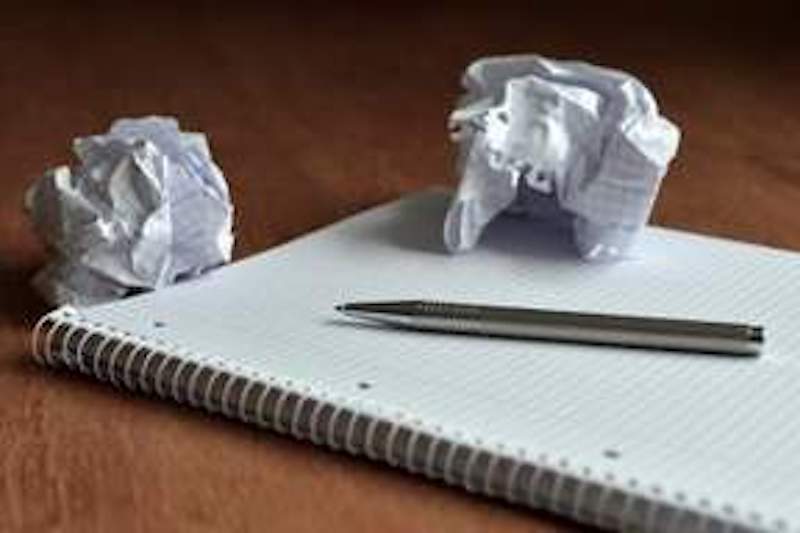FOR readers who may have missed our earlier features, The Star’s Newspaper-in-Education (Star-NiE) programme has been running weekly lessons in StarEdu since June 28, on how multigenre writing has become one of the most productive approaches teachers can use to help students write creative, informational research reports.
This week, we feature Lessons 15 and 16 to give teachers ideas on how headlines and infographics found in the newspaper, can develop critical thinking in students.
With the great changes in society, research is still essential, but not necessarily in the traditional format expressed above. Few people today will need to write their research in a formal essay with footnotes and an extensive bibliography.
Instead, people today are asked to publish their research in a manner that other people can easily digest. Readers want graphic application formats that speak to the type of information that needs to be communicated.
With multigenre research, students must come up with an application format that they themselves create for use with their information. Students must also make extensive use of technology and have a solid knowledge base in different writing formats.
For example, if a student or the class were producing a multigenre newspaper for Min Fong Ho’s The Clay Marble, the newspaper published might include (but is not limited to) these genres: hard news articles, display ads for products from that time period, obituaries for those that die in the story, letters to the editor regarding a possible trial and an editorial cartoon depicting the fall of the Khmer Rouge.
Additional components could be included. Students could use desktop publishing skills to design the report in actual newspaper format with columns and images just like the front page of the newspaper or an e-paper.
Lesson 15
Creating a multigenre series of headlines
Newspapers are known for their clever headlines. They need to “catch the eye” of the reader and get the reader to the rest of the print. The headlines need to tell a part of the story but keep the reader guessing. The quality headline is essential to a good article
Characteristics/ Rubrics base
• Write six to seven headlines that help to summarise major events in your research project. Use the newspaper headlines you found to help add punch to your writing.
• Use of unique vocabulary words where the reader may need to use context clues.
• Possible use of puns, alliteration or other literary elements.
• Enticing wording that will give the reader a peek into the story, but not give away all the essential elements.
• Varied beginnings such as a phrase, an article and noun, a question, a sound, etc.
• Familiar phrase used in a unique way.
• Strong link to the story so as not to mislead the reader.
• Help as a story selector for future reading of selections.
• Provocative, in some cases, to stir the reader’s imagination.
Curriculum links
Headlines are one of the key elements of any newspaper. They are so important newspapers hire copy editors to create them after the article is written.
Students can use this same writing technique in any area of the curriculum. Just look at any textbook and you see headings. Just think if textbooks had headlines instead of only headings, how much more interesting they would be. Headline writing is definitely a format that requires critical thinking.
Newspaper connection
Using the rubric, examine headlines on the front cover and front of main section and sports pages of today’s newspaper.
Which elements of the rubric were used in the headlines? Which headlines really helped you understand what the story would be about before reading it? Which headlines used literary elements such as figures of speech, puns or other play on words (often used in sports stories) to make the headline stand out?
Now in small groups cut out several stories, at least one from the front cover and each of the section covers (especially sports) and cut off the headline from the story. Each person in the group should read at least one story and using the rubric and their examination of headlines, write a new headline for the story.
Now try writing a headline for a section of a textbook or other school resource you have been using in class.
Creating a multigenre infographic
Lesson 16
Infographics are the portions of the newspaper that include graphic illustrations, photographs, charts, and statistical graphs.
Info-graphics build on visualisation of content and help visual learners to better comprehend more complex material.
The combination of text and visuals help students with a variety of learning styles. The visualizations also help with memory retention.
Characteristics/ Rubrics base
• Creation of one or more illustrations, charts, photos or statistical graphics that visually enhance the material that is being presented.
• Clear labelling on all of the graphics so that the reader does not have to infer.
• Inclusion of regular written paragraph(s) to help build comprehension.
• Linkage between the graphics, any written paragraphs, and the headline.
• Proper flow of information; reader should know which graphics to focus on first and how to put the information all together to construct meaning.
• Persuasive and/or expository information and graphics and indication of sources. This aspect depends on the purpose for which the article was written and the focus audience.
• Meaningful use of graphics, not just graphics for their own sake. Graphics and print may be somewhat repetitive for reinforcement of content.
• Proper use of technology to enhance the entire product. A good infographic can actually be framed and placed on display.
Curriculum links
Every area of the curriculum can utilise infographics. Infographics merely means that the writer is using print along with charts, graphs, illustrations, and photos to convey meaning.
For any subject matter the print and the related graphics need to present an entire package for meaningful results.
Newspaper connection
Using the rubric, examine infographics in today’s copy of The Star. Which elements of the rubric were used in the graphics? Which images helped enhance the understanding of a story?
Now in small groups cut out several stories throughout the newspaper that have infographics. Cut off the info-graphic from the story and shuffle the pieces around.
Trade your pieces with another group. The group will read the text and examine the infographics to determine which ones go together.
Now try creating an infographic for a section of a textbook or other school resource you have been using in class that will enhance the understanding of the text.
Source: thestar

